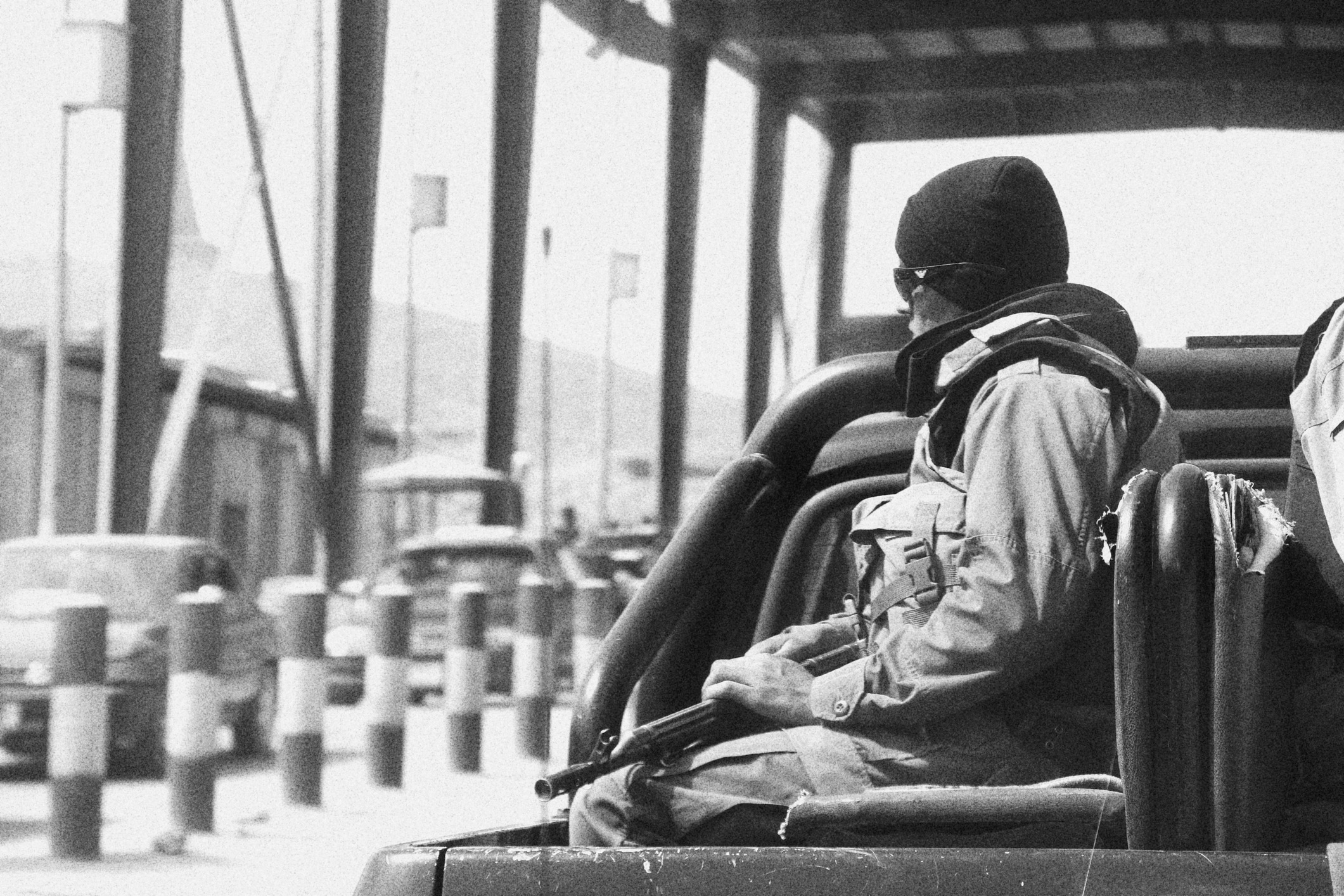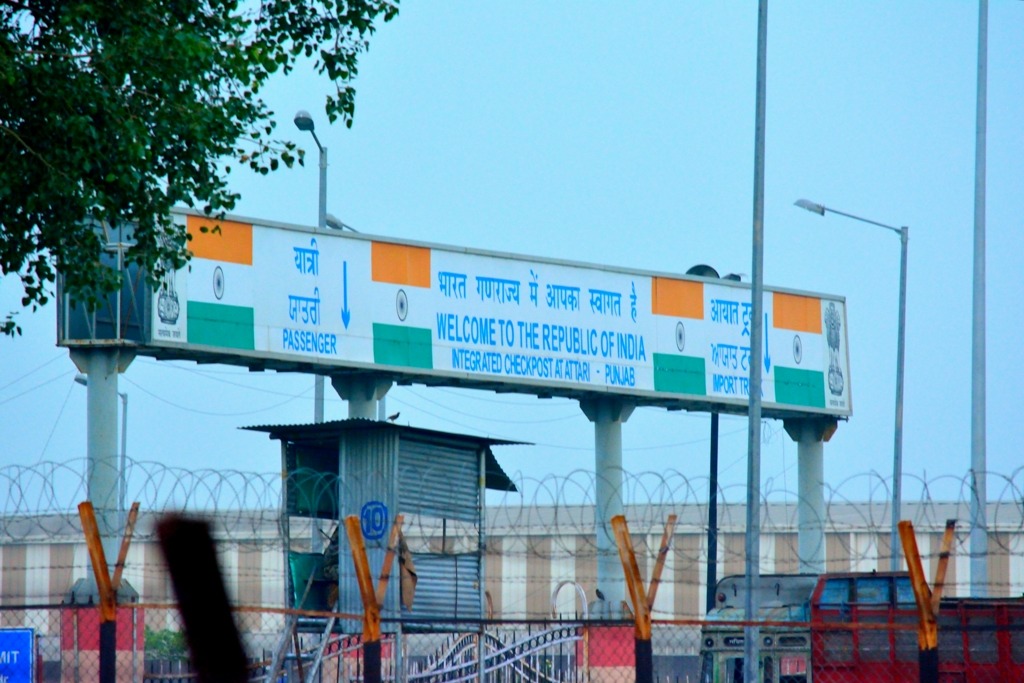Taliban in Afghanistan and Growing Nuclear Risks in Pakistan – What’s the Connection?
CAPS INDIA
APLN member Manpreet Sethi warns how the anarchy in Afghanistan and the rise of Taliban could potentially lead to growing nuclear risks in Pakistan. The original post is available on the Centre for Air Power Studies website here.
The ‘Islamic Emirate of Afghanistan’ does not have nuclear weapons, nor any civilian nuclear facilities. But, its neighbour Pakistan, which is also its supporter, friend, philosopher and guide has it all – a nuclear weapons arsenal, a fissile material stockpile, nuclear power plants, nuclear facilities for enrichment and reprocessing, as well as radiological material for civilian and scientific applications.
Over the last decade or so, Pakistan has claimed to have seriously invested in securing this material. At the four Nuclear Security Summits held under the leadership of former US President, Barack Obama, Pakistan pledged and undertook measures as warranted at the national and international levels to minimise possibilities of unauthorised access to nuclear and radiological material. USA provided it help to the tune of $100 million to ensure physical security of its nuclear sites. All these efforts will now stand to test as the threat to Pakistani nuclear assets could grow in face of Taliban’s rise to power across the Durand line.
Two kinds of dangers loom large for nuclear Pakistan. The first arises from an unexpected external quarter since the traditional threat perception for Pakistan has only been from India. Ironically however, while nuclear deterrence between India and Pakistan is in place, the danger now arises from extant widespread anarchy in Afghanistan as terrorist organisations slug it out. After all, the Taliban comprises many disparate factions and not all its constituents –Pakistan Taliban, Haqqani network and other jihadists – are on the same page on all issues. In fact, not only are there differences on interpretation and execution of jihad but also on who are the enemies – the US, India or even Pakistan. Interestingly, the Taliban itself is denounced as a ‘fake jihadist movement’ by the likes of ISIS. Also strained is the relationship with Al Qaeda and other extremist groups. The recent Kabul airport blasts highlight these differences.
While the Taliban that Pakistan wants installed in Afghanistan is yet to find its feet for governance, the chaos resulting from the swift US withdrawal has opened up space for all kinds of terrorist organisations to seize the moment. Taliban’s sudden sweep to powerdom has reinvigorated other such outfits across the world. Bolstered by a new swag, each can be expected to vie to breach new levels of barbarism for their shock value, including using nuclear and radiological material, if they can get them. It is no less worrisome that many Pakistani nuclear facilities and weapons infrastructure are closer to Taliban-ruled Afghanistan. While the original thought behind this placement was to keep them out of harm’s way from India, the danger now is more from their proximity to an unstable Afghanistan. It can be expected that Pakistan would have upgraded security of these sites.
However, a second danger emerges from the country’s troubled internal dynamics. This threat is created by the possibility of exploitation of insiders by the large number of terrorist organisations inside Pakistan. While these were created, supported and nurtured with the objective of unleashing them on perceived enemies, India or the USA, but, with the increasing Islamisation of the country since President Zia, extremist tendencies have made the Pakistani establishment suffer terrible terrorist attacks. Pak Army’s counter-terrorist operations have only hardened positions of antiestablishment organisations who have mounted daring attacks on sensitive military installations. Jihadist organisations and their sympathisers can well exacerbate risks of nuclear insecurity after the Taliban victory.
A clever Pakistan is already beginning to exploit the fear about the possibility of the Taliban destabilising Pakistan and acquiring nuclear weapons. Feeding such a narrative is favourable to Pakistan, a country that has long held a gun to its own head to negotiate incredible deals with major powers. Having often used the spectre of South Asia as a nuclear flashpoint to get the international community to constrain India’s response to acts of Pak-fomented terrorism, Islamabad now seems to be raising fears of its own destabilisation to coerce recognition and engagement with the Taliban. It believes that a Taliban government in Kabul would keep India at bay and assure Islamabad of the much-desired strategic depth. For the moment, it prefers to maintain a blind eye towards the risks that could follow.
A group of 68 US Congressmen have asked a question to their President. “Do you have a plan to ensure that Afghanistan, under Taliban occupation, will never acquire a nuclear weapon?” Alas, the answer to that question lies not with President Biden, but with Pakistan’s ISI and the Army. The behaviour of the deep state in Pakistan, its complicity in enabling nuclear terrorism/proliferation, or its inability to stop this from happening, would determine the outcome.
To obviate such an eventuality, the international community must demand greater accountability from Pakistan on its nuclear security, stricter commitments on non-proliferation, and verifiable actions on a pull-back on its support to terror outfits and infrastructure. Pakistan alone is responsible for the growing nuclear risks that it faces, and which it also poses to the rest of the region and beyond. Therefore, it alone has to mend its ways. It must not forget that support for terrorist organisations cannot be without a blowback. And, just in case the backfire involves a nuclear dimension, Pakistan would have lost more than it can ever hope to gain. Vulnerabilities within the Pak nuclear establishment and its long-held policy of support for terrorism could yet bring the world to a humanitarian disaster far greater than what is now unfolding in Afghanistan.
Image: iStock/ Trent Inness




